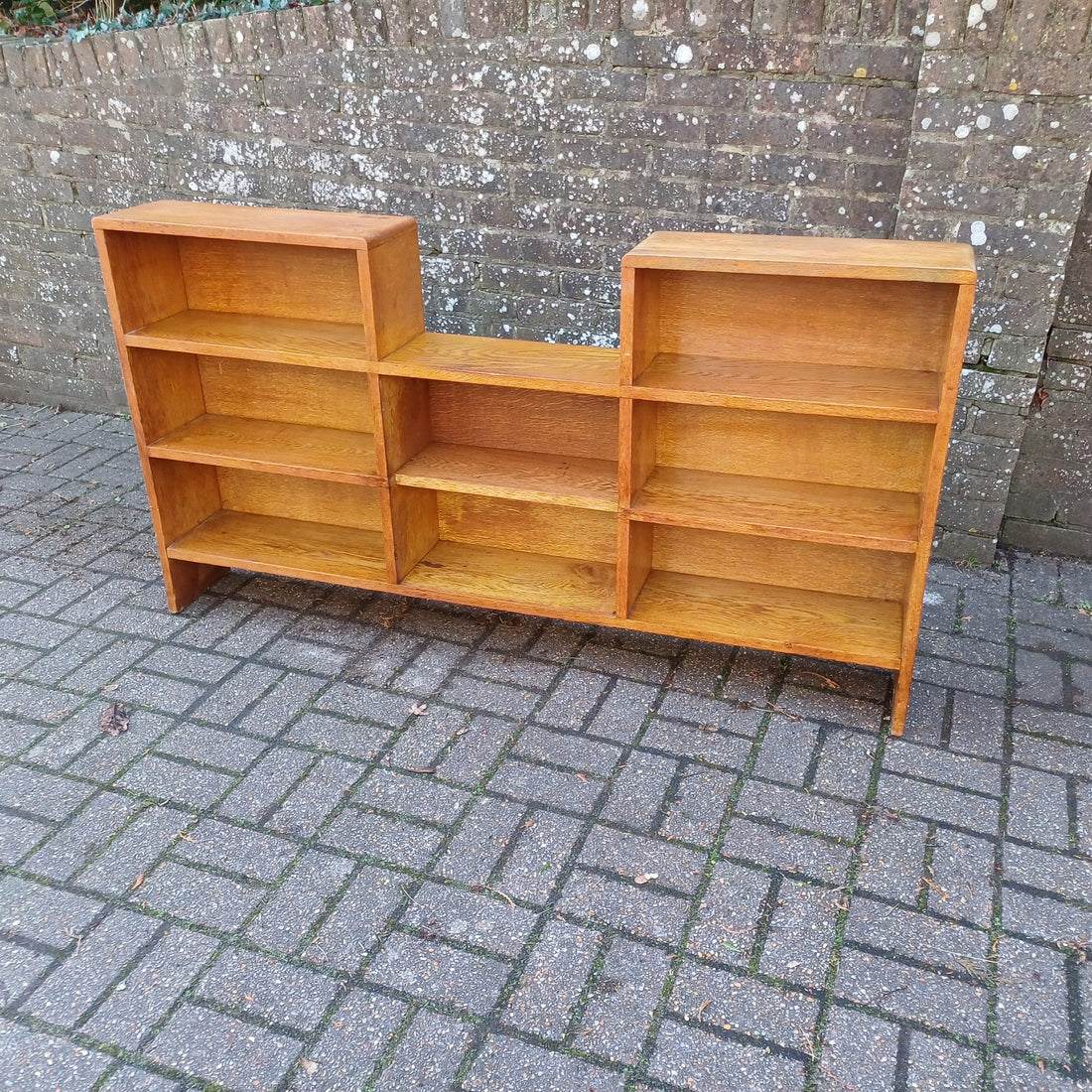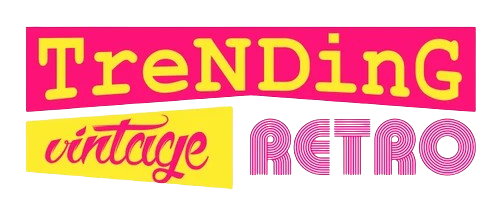
Failing my New Year Upcyling Resolution on 2/1/2025! Upcycling Project Restoring a Vintage Bookcase.
Share

I bought this little gem at Ford Market near Arundel on the 2nd of January, and let me tell you, my New Year's resolutions didn’t even make it past day one. I had vowed to stop buying things that need a ton of work, but there I was, standing in front of this piece, absolutely smitten. It was cheap (always a dangerous trigger), and I couldn’t resist. So, I failed my resolution in record time—but at least I failed with style.
At first glance, I thought this was an original door that had been vandalized with that awful marble-effect sticky-back plastic from the ’70s or ’80s. But once I started working on it, I realized the whole thing was a Frankenstein project. Someone in the past had gone to extraordinary lengths to “upcycle” it. They built a whole new door, veneered it in crappy plastic, and even cut down the shelf behind it. Honestly, wouldn’t it have been easier just to leave the original door as it was? But hey, the mysteries of vintage DIY decisions are part of the charm.
Oh, and the pièce de résistance? They thought it was a good idea to stain the oak green. Yes, green. But here’s the kicker: they gave up halfway through! They only did the top of one side before presumably thinking, “Nah, I’m done.” You’ve got to admire the sheer randomness of it all.
So, the first step was to yank off the door, fill in the screw holes, and deal with the loose finish inside what was once a cupboard. Literally I had to wrestle it as the screw heads were worn!

I sanded, stained, and polished the whole thing because, let’s face it, this poor bookcase hadn’t seen proper care for decades.
 The green stain was a nightmare to remove—it had sunk into the oak like it was auditioning for permanence.
The green stain was a nightmare to remove—it had sunk into the oak like it was auditioning for permanence.

Even after my efforts, you can still see a slight difference in the finish. But you know what? It’s an old bookcase. It’s supposed to have a bit of wear and tear. Besides, once you fill it with books, the former cupboard will look like it was always meant to be that way.
Despite its quirks (or maybe because of them), the bookcase turned out beautifully. The oak is actually really high quality, the kind that would have been quite expensive to buy pre-war. You can tell from the details—like the thick ply back that’s not just tacked on, but carefully rounded and sanded at the edges. Whoever made this originally clearly knew what they were doing.

So, was it worth all the effort? Absolutely. And in the process, I came to a new understanding of my New Year’s resolution. Instead of banning myself from buying furniture that needs work (a resolution clearly doomed from the start), I’ve decided to commit to fixing it straight away. And true to this new, improved resolution, I tackled the project the very next day. A slight breach of my original plan, sure, but a much more practical and enjoyable solution. Let’s call it a win!
